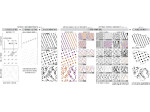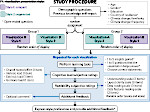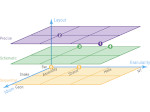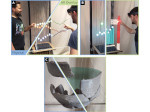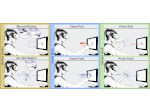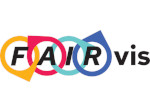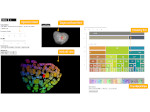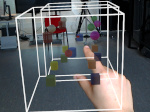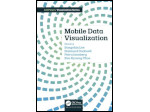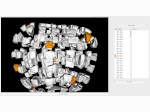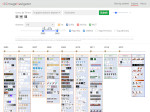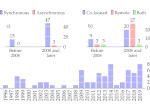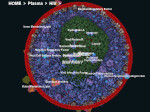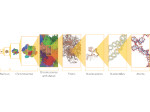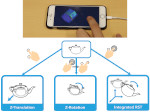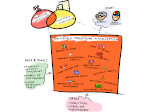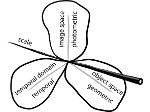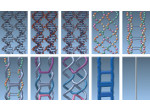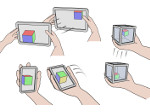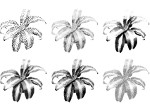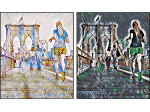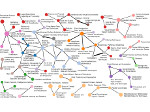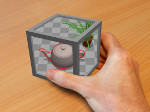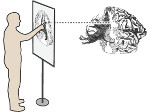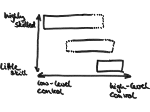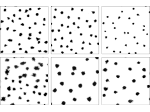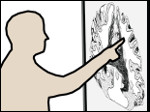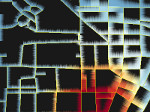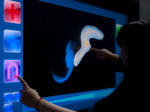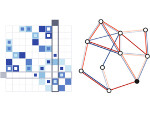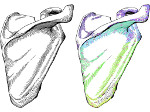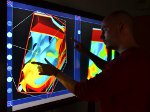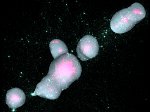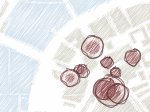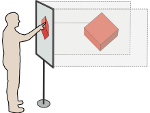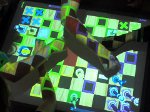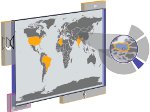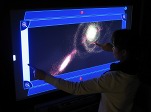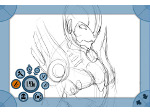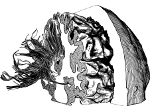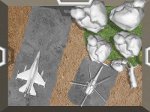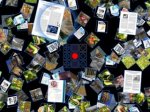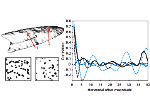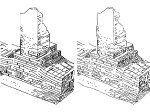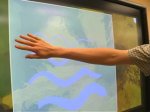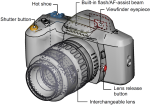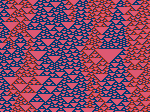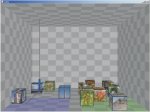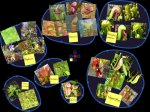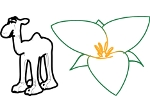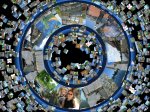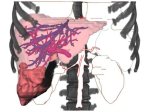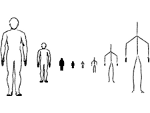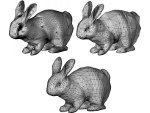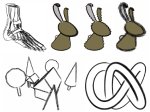A Survey of Designs for Combined 2D+3D Visual Representations
Description:
We examine visual representations of data that make use of combinations of both 2D and 3D data mappings. Combining 2D and 3D representations is a common technique that allows viewers to understand multiple facets of the data with which they are interacting. While 3D representations focus on the spatial character of the data or the dedicated 3D data mapping, 2D representations often show abstract data properties and take advantage of the unique benefits of mapping to a plane. Many systems have used unique combinations of both types of data mappings effectively. Yet there are no systematic reviews of the methods in linking 2D and 3D representations. We systematically survey the relationships between 2D and 3D visual representations in major visualization publications—IEEE VIS, IEEE TVCG, and EuroVis—from 2012 to 2022. We closely examined 105 papers where 2D and 3D representations are connected visually, interactively, or through animation. These approaches are designed based on their visual environment, the relationships between their visual representations, and their possible layouts. Through our analysis, we introduce a design space as well as provide design guidelines for effectively linking 2D and 3D visual representations.
Paper download:  (138 MB)
(138 MB)
Images and data:
Our own images and our data can be found in the following OSF repository: osf.io/rhygf.
Software:
The code of the tool that allows one to explore the various approaches is available at github.com/2dplus3d/2dplus3d.github.io.
Pictures:
(these images from the paper are available under a  CC-BY 4.0 license, see the license statement at the end of the paper)
CC-BY 4.0 license, see the license statement at the end of the paper)
Poster presented at IEEE  on the initial version of the design space:
on the initial version of the design space:
Main Reference:
Other Reference:
This work was done at the AVIZ project group of Inria, France.
This work was supported through the Naviscope project, funded by Inria, France.
